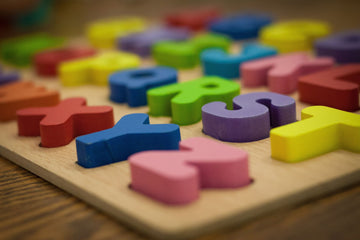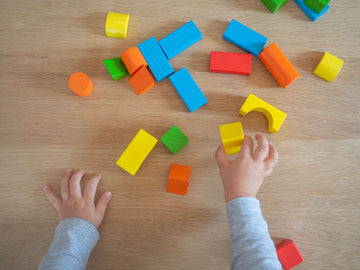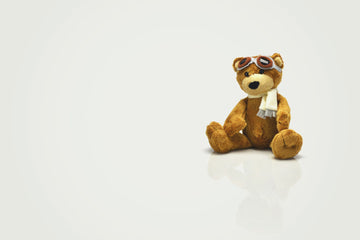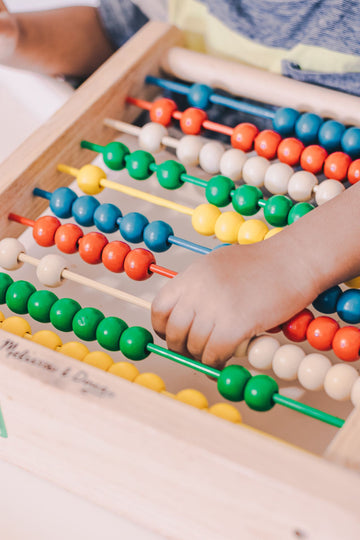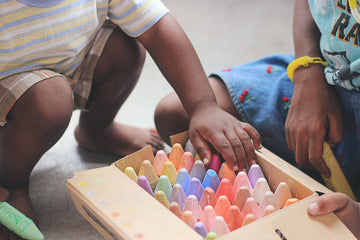
Introduction
Toys have been a part of Indian culture for centuries. They have been used to entertain children, teach them important skills, and reflect the values of the society in which they were created.
In this blog post, we will explore the history of toys in India. We will look at some of the earliest toys that have been found in India, as well as the toys that were popular during different time periods. We will also discuss the role that toys have played in Indian culture and society.
Early Toys in India
The earliest toys that have been found in India date back to the Indus Valley Civilization (3300-1300 BCE). These toys were made from a variety of materials, including clay, stone, and terracotta. They included simple toys such as rattles, balls, and spinning tops, as well as more complex toys such as wheeled carts and animals.

These early toys provide us with a glimpse into the lives of children in the Indus Valley Civilization. They show that children were valued members of society and that they were given toys to play with. The toys also show that children in the Indus Valley Civilization were exposed to a variety of different cultures, as some of the toys were inspired by objects from other parts of Asia.
Toys in Ancient India
Toys continued to be an important part of Indian culture during the ancient period. In the Vedic period (1500-500 BCE), toys were often used in religious ceremonies. For example, clay horses were used in rituals to represent the sun god Surya.

In the Buddhist period (500 BCE-500 CE), toys became more secular. They were used to teach children important skills, such as counting and arithmetic. They were also used to entertain children and to help them develop their imaginations.

Toys in Medieval India
The tradition of making toys continued in medieval India. Toys from this period were often made from wood, metal, and cloth. They included a variety of different types of toys, such as dolls, animals, and games.

Toys from medieval India were often beautifully decorated. They were often made with intricate designs and were sometimes even painted. These toys were not only used for play, but they were also seen as works of art.
Toys in Modern India
The tradition of making toys in India continues to this day. Modern Indian toys are made from a variety of different materials, including plastic, metal, and wood. They include a wide variety of different types of toys, such as dolls, action figures, and electronic games.

Modern Indian toys are not only popular in India, but they are also exported to other countries around the world. They are seen as a way to preserve Indian culture and to share it with others.
The Role of Toys in Indian Culture
Toys have played an important role in Indian culture for centuries. They have been used to entertain children, teach them important skills, and reflect the values of the society in which they were created.
In Indian culture, toys are often seen as more than just objects of play. They are seen as tools that can help children learn and grow. Toys can help children develop their cognitive skills, their motor skills, and their social skills. They can also help children learn about the world around them and about the values of their culture.
Conclusion
The history of toys in India is a long and rich one. Toys have been used to entertain children, teach them important skills, and reflect the values of the society in which they were created. Toys continue to be an important part of Indian culture today, and they are seen as a way to preserve Indian culture and to share it with others.
Here are some additional thoughts on the role of toys in Indian culture:
- Toys can help children learn about their cultural heritage. For example, toys that depict traditional Indian festivals or folktales can help children learn about the history and traditions of their country.
- Toys can help children develop a sense of identity. Toys that represent different parts of India can help children feel connected to their country and to their culture.
- Toys can help children learn about different cultures. Toys that depict people from different countries or cultures can help children develop an understanding of diversity.
Overall, toys can play an important role in helping children.

